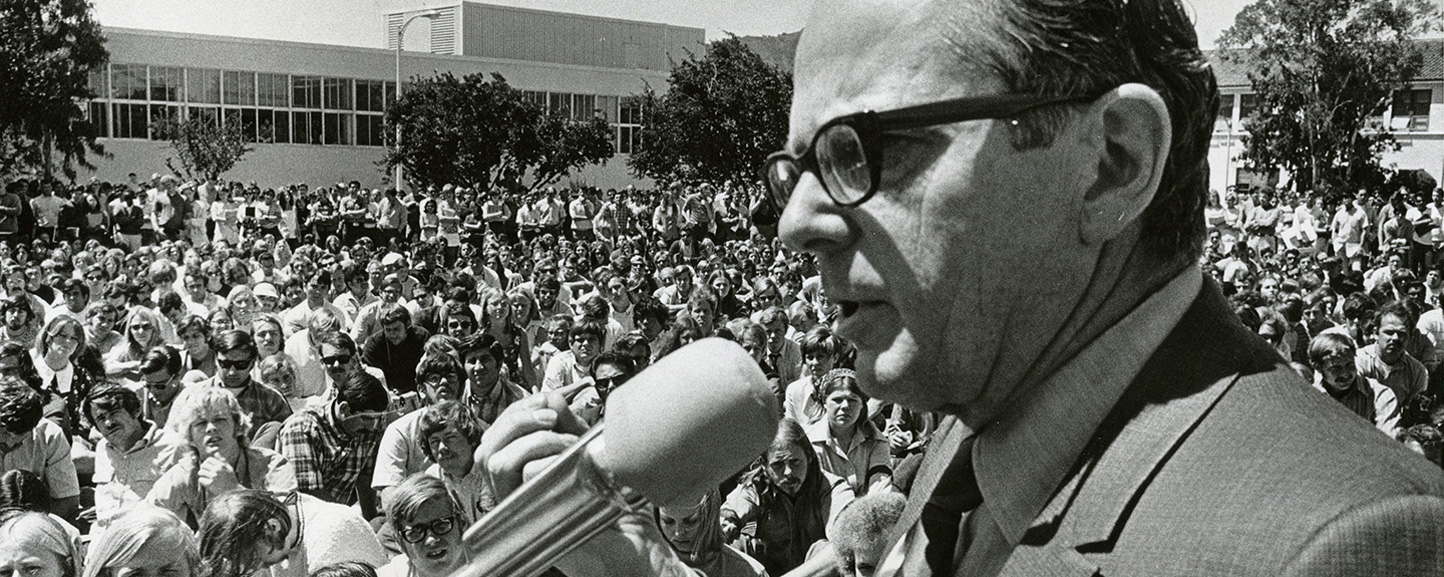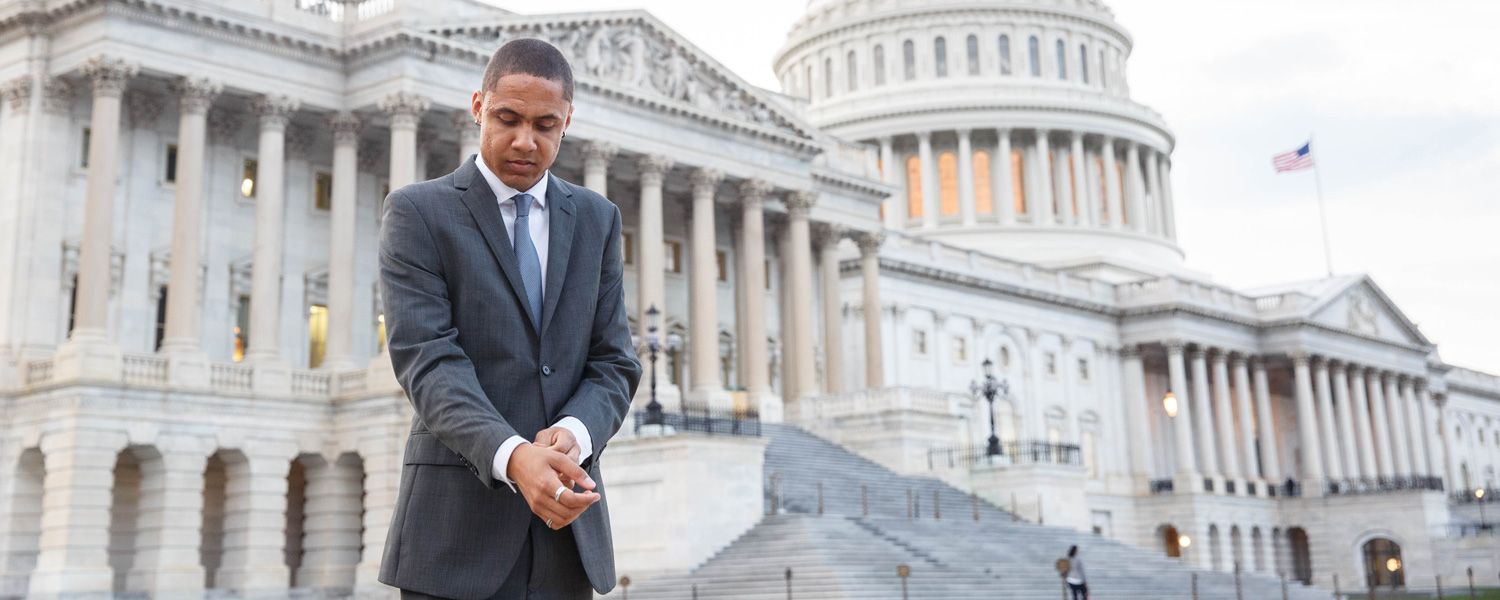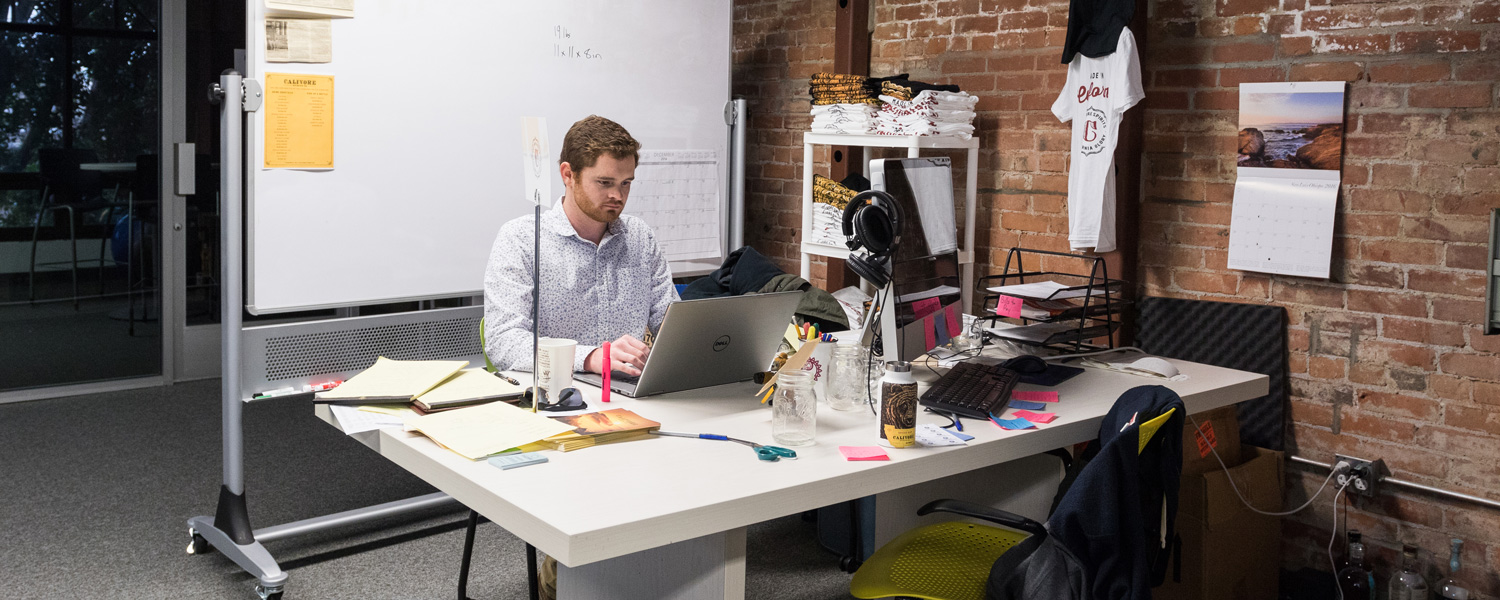Ask the Archivist
A Campus on the Move: Cal Poly in the 1960s and 1970s
By Laura Sorvetti

In fall quarter 2016, first-year students in Professor Molly Loberg’s History 100 course were given one parameter for their first assignment: research the 1960s and 1970s at Cal Poly using historic records uncovered in the University Archives.
During those two decades, Cal Poly experienced an unprecedented rate of change, growing from 6,000 students in 1960 to 16,000 by 1980. After having been excluded since 1930, women were allowed to return as students in 1957. The passage of the California Master Plan for Higher Education in 1960 led Cal Poly to join the California State College system (now the California State University). The Pomona campus separated from Cal Poly in 1966, the same year president Robert E. Kennedy succeeded longtime president Julian McPhee .
The History 100 students used a range of primary sources from the University Archives, including the student newspaper, yearbooks, course catalogs, and records created by students, staff, faculty and presidents. They analyzed Vietnam War protests, the impact of the Civil Rights Movement, and the university administration’s stance on the rights of women and minorities. They examined the establishment of organizations representing the diversity of students at Cal Poly, including the Black Student Union, the United Mexican American Students, the Gay Student Union, and Students for New Action Politics. They also explored student and faculty responses to the Diablo Canyon Power Plant in the 1970s, organizations that formed to protect victims of sexual assault, the impact of alcohol on campus, and the musical groups that performed on campus.
Opportunities to do hands-on archival research in their first year is an important way for students to practice Cal Poly’s Learn by Doing philosophy, but it also has a deeper impact on how students view themselves. “In History 100, students learn both how to think as historians and as people living through and shaping history,” said Loberg. “When researching individuals who studied and worked at Cal Poly 40 or 50 years ago, students have the opportunity to imagine the legacy they themselves want to leave and how they want this time and their own contributions to be remembered in the future.”
Read excerpts from student research below, along with the primary sources they uncovered.
Do you have your own history to share? Do you have questions to ask the archivists or History 100 students? Submit your information to University Archives or email your question to magazine@calpoly.edu.
FEATURED STUDENT RESEARCH

Students gather in front of Mott Gym to protest the suspension of students, 1963.
Tensions Over Residential Visitation Policy at Cal Poly

An interview with President Kennedy, part of a special issue of the Mustang Daily published for Kennedy’s inauguration ceremony. Read the full issue here.
Kennedy’s Policy Leads to Student-Administration Cooperation in 1968

Aerial view of campus in 1961, looking east toward the Poly P. The photograph captures the construction of Engineering West, the Dexter Library addition, the Graphic Communication Building, and the English Building.
The Optimists: How Cal Poly Students Imagined their Future in the ’60s





